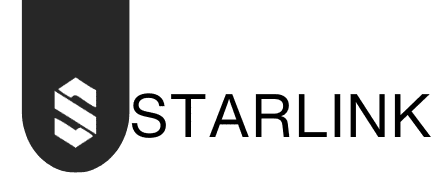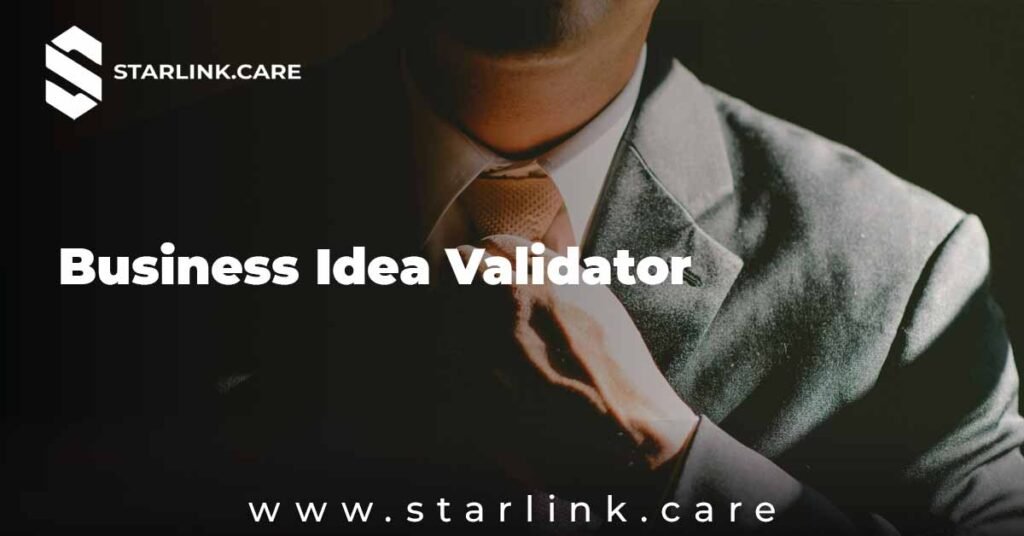Inorganic Growth Strategies in Marketing: The Power of Paid Advertising
In the ever-evolving world of marketing, businesses constantly seek ways to grow and reach their target audiences effectively. While some opt for organic methods—like content marketing and social media engagement—others choose Inorganic Growth Strategies In Marketing Like Paid Advertising stands out as a powerful tool to accelerate growth. This article will delve into inorganic growth strategies, particularly paid advertising, and provide a comprehensive guide on how to implement them successfully.
What Are Inorganic Growth Strategies?
Inorganic Growth Strategies In Marketing Like Paid Advertising refer to methods used by companies to expand their market presence through external means rather than through internal efforts. Unlike organic growth, which focuses on enhancing existing operations and leveraging existing customer relationships, inorganic growth often involves tactics that require investment in advertising, partnerships, or acquisitions.
Why Choose Inorganic Growth?
The choice to pursue inorganic growth can be influenced by various factors:
- Speed: Inorganic strategies allow businesses to grow quickly by reaching a broader audience almost immediately.
- Market Reach: Paid advertising can tap into new markets that may be difficult to access through organic means.
- Brand Awareness: Investing in paid ads can significantly enhance your brand’s visibility and recognition.
Anecdote: A Local Bakery’s Transformation
Inorganic Growth Strategies In Marketing Like Paid Advertising Let’s consider the story of a local bakery, “Sweet Delights,” that struggled to attract customers. Despite having delicious pastries and a loyal customer base, their growth was stagnant. The owner, Mia, decided to invest in paid advertising to boost visibility.
She started with social media ads on platforms like Facebook and Instagram, targeting residents. Within weeks, the bakery saw a significant increase in foot traffic. Mia’s investment in paid advertising not only attracted new customers but also led to increased sales, allowing her to expand her menu. This transformation highlights how effective paid ads can be in driving inorganic growth.
Types of Paid Advertising
There are various types of paid advertising strategies that businesses can use. Here are some popular options:
1. Pay-Per-Click (PPC) Advertising
PPC advertising involves paying for clicks on your ads displayed on search engines or websites. Platforms like Google Ads allow businesses to bid on keywords relevant to their products or services.
- How It Works: When users search for specific keyword research, your ad appears at the top of the search results. You pay only when someone clicks on your ad.
2. Social Media Advertising
Social media platforms like Facebook, Instagram, and LinkedIn offer targeted advertising options.
- Benefits: You can define your audience based on demographics, interests, and behaviors, ensuring your ads reach the right people.
3. Display Advertising
Display ads are visual banners placed on websites, apps, or social media platforms.
- Engagement: These ads can include images, videos, and animations, making them more engaging than text-based ads.
4. Influencer Marketing
Partnering with influencers can amplify your message and reach a dedicated audience.
- Strategy: Choose influencers whose values align with your brand, and work together to create authentic content that promotes your products.
Step-by-Step Guide to Implementing Paid Advertising
Now that we’ve explored various paid advertising types, let’s go through a step-by-step guide on how to implement a successful paid advertising campaign.
Step 1: Define Your Goals
Start by clearly defining what you want to achieve with your advertising campaign. Common goals include:
- Increasing brand awareness
- Generating leads
- Boosting sales
Step 2: Identify Your Target Audience
Understanding your target audience is crucial for effective advertising. Consider the following:
- Who are your ideal customers?
- What are their interests and online behaviors?
Step 3: Choose the Right Platform
Select the advertising platform that aligns with your goals and audience. For instance, if you’re targeting younger consumers, platforms like Instagram may be more effective than LinkedIn.
Step 4: Create Compelling Ad Content
Your ad content should be engaging and relevant to your audience. Here are some tips:
- Use eye-catching visuals or videos.
- Write clear, concise copy that communicates your message.
- Include a strong call-to-action (CTA) encouraging users to take the desired action.
Step 5: Set Your Budget
Determine how much you’re willing to spend on your advertising campaign. Keep in mind:
- Platforms typically allow you to set daily or monthly budgets.
- Monitor your spending to ensure you stay within budget.
Step 6: Launch Your Campaign
Once everything is in place, launch your campaign! Monitor performance closely during the initial phase.
Step 7: Analyze and Optimize
After your campaign has run for a while, analyze its performance using metrics such as click-through rates (CTR), conversion rates, and return on investment (ROI).
- Optimize: Adjust your ads based on performance data. This may involve tweaking the ad copy, changing targeting options, or reallocating your budget to the best-performing ads.
The Benefits of Paid Advertising
Paid advertising offers several advantages for businesses looking to grow:
- Immediate Results: Unlike organic strategies, which can take time to show results, paid ads can drive traffic and sales quickly.
- Precise Targeting: You can target specific demographics, ensuring your message reaches the right audience.
- Flexibility: You can easily adjust your campaigns based on performance and budget changes.
Conclusion: Embrace Inorganic Growth Strategies
Incorporating Inorganic Growth Strategies In Marketing Like Paid Advertising can significantly enhance your business’s growth potential. By following the steps outlined in this article, you can effectively implement paid advertising to reach new audiences, boost sales, and increase brand awareness.
Inorganic Growth Strategies In Marketing Like Paid Advertising If you’re ready to take your marketing efforts to the next level, consider investing in paid advertising today. The right strategy can transform your business, just as it did for Mia and her bakery.
For more insights on paid advertising, check out this resource.







